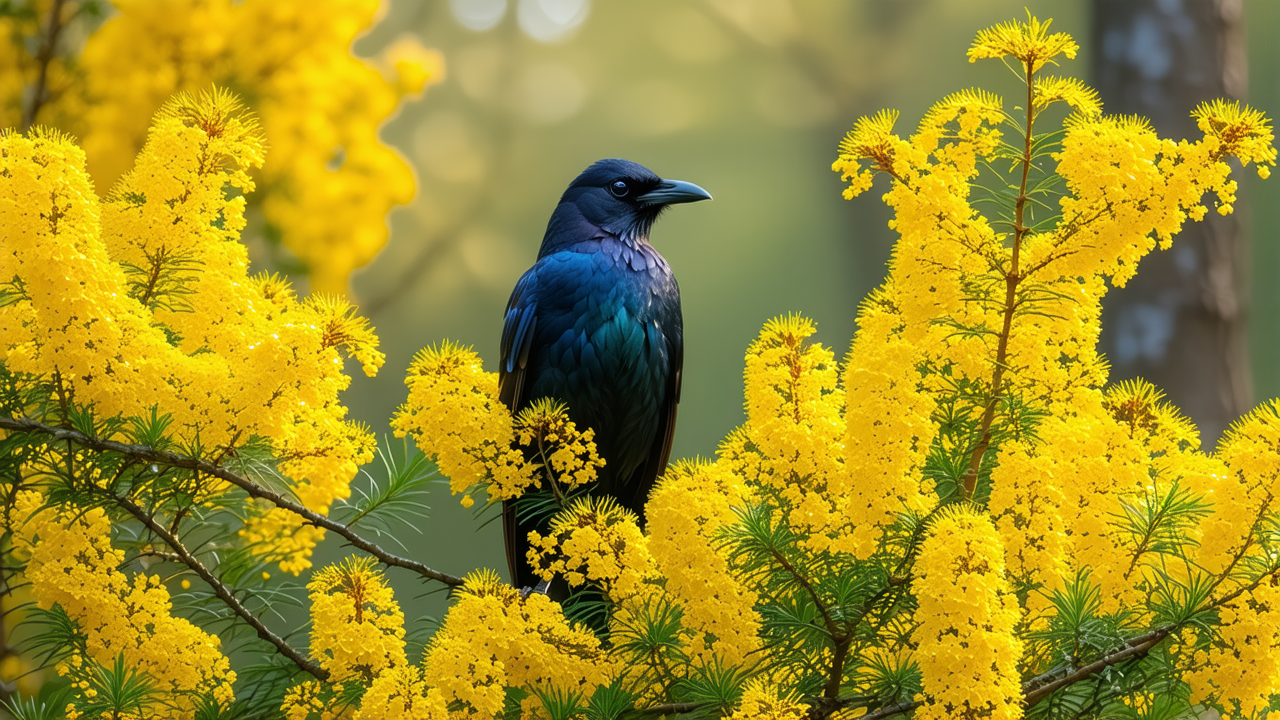Could this be the return of the formerly extinct South Island kōkako?
Could this be the return of the formerly extinct South Island kōkako?
A Nelson woman believes she has spotted a bird that was last seen in 1967. The sighting has reignited hope among conservationists and birdwatchers, who have long believed the South Island kōkako to be extinct since 2008.
Hazel Twissell, a resident of Glenduan, near Nelson, was washing her motorbike when she heard a booming, echoing call that she describes as louder than a tūī. The sound stopped her in her tracks. As she looked up, she saw a dark bird with an orange wattle under its chin.
Twissell, who lives in an area rich with birdlife such as tūī, kererū, seabirds, and even ruru, was initially unsure of what she had seen. However, after listening to a radio discussion about the bird, she realized she had spotted something remarkable: the South Island kōkako, not the North Island variety, which has a blue wattle.
The last confirmed sighting of the South Island kōkako was in 1967, and in 2008, the Department of Conservation declared the bird extinct. However, due to efforts by the South Island Kōkako Charitable Trust, the bird was moved to the “data deficient” category in 2013, as more sightings were reported.
Twissell shared her sighting with the trust, and Bruce Reid, a member of the trust’s Nelson chapter, was quick to respond. Reid, who had previously been inspired by a local sighting in 2016, has been actively searching for the bird in the area.
“We’re now more determined than ever to find the kōkako,” Reid said. “This sighting gives us renewed hope and energy to continue our work.”
The trust is offering a reward of $10,000 for anyone who can provide solid evidence of the bird’s existence, including clear photographs or video footage.
To support the search, the trust has also been using audio recordings and setting up monitoring equipment in the region. A recent recording from early 2022 is believed to be the call of the elusive kōkako, and conservationists are now analyzing it to confirm its authenticity.
If the bird is indeed still present in the wild, it would be a significant discovery for New Zealand’s conservation efforts and a testament to the power of community-driven research.
“This is a moment that could change the course of the kōkako’s future,” said Twissell. “I hope others will join us in the search and help bring this bird back from the brink of extinction.”
